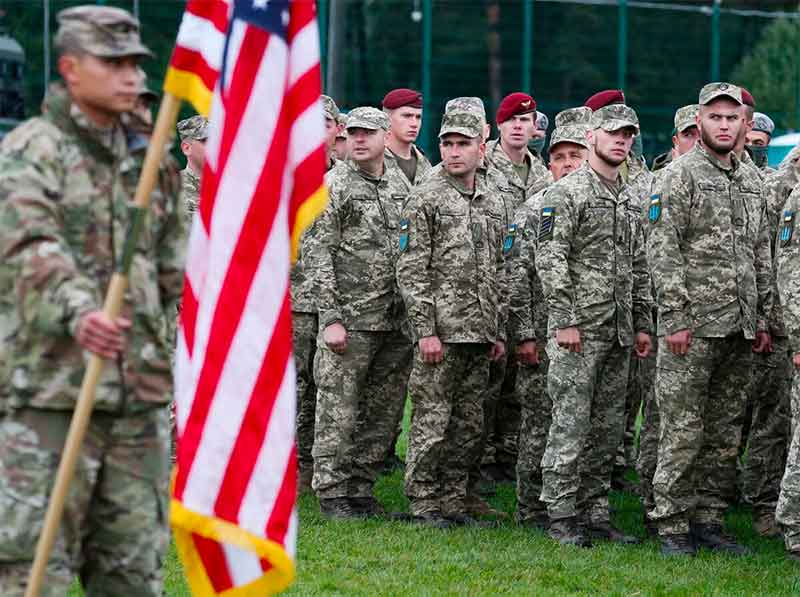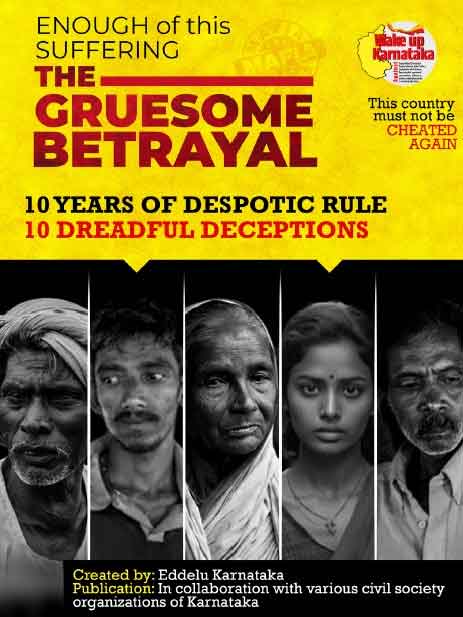NOTE: For these 6 Finale videos, there is no accompanying written essay that matches each video, because the videos are each presentations given extemporaneously, with charts. The following text is a synopsis that also contains additional material not included in the video.
The first of the four elements of the Paradigm for Peace model involves an examination of the Roots of Violence.
Rather than perennially swallowing the assumption that our own side is defensive and innocent and the “enemy” side is aggressive and malicious, rather than believing in dramatic calls for freedom and sacrifice to rescue humanity, democracy, and civilization itself, any examination of conflict that genuinely hopes to promote peace and justice should include an impartial analysis of the Defensive and Aggressive Roots of Violence on both sides of conflict.
If we fail to study the Defensive Roots of Violence in our so-called “enemies,” we respond with unnecessary and unjust hostility and in ways that fail to address the injustices and fears that ignite these Defensive Roots. And if we fail to study the Aggressive Roots of Violence in ourselves, we are all too trusting of our own government’s and our own side’s innocence, benevolence, psychological soundness, and wisdom.
Yet, to reverse all that, if we failed to study the Aggressive Roots of Violence in our enemies and the Defensive Roots of Violence in ourselves, we’d likely create policies that make ourselves too vulnerable, and we’d fail to address the fears and grievances of our own side – fears and grievances that would fester and never be resolved.
In both cases, failing to address the Defensive Roots of Violence equates to failing to acknowledge and adequately address legitimate fears, grievances, and injustices. Failing to address the Aggressive Roots of Violence can result in vulnerability to aggression and, even more profoundly, it results in a failure to address the underlying psychological and social difficulties and cultural habits that can lead to aggressive states of mind – including the habit of war.
After all, uncovering these Aggressive Roots of Violence provides neither moral nor legal justification to machine-gun people down for their aggression. Yes, we must protect people and planet from aggressive behaviors, we must keep people with these behaviors out of policymaking and other powerful positions, but we must also act with compassion to tend to these minds and prevent the conditions that create more such minds beset by greed, rivalry, sadism, power-hunger, alienation, rage, and trauma. Underneath it all, Aggressive Roots of Violence may also stem from fears and grievances unattended, but fears and grievances from another place or time, fears and grievances perhaps not caused by the victims of one’s aggression.
In fact, as Debra Niehoff explains in The Biology of Violence, studies of the brains of victims and perpetrators of violence reveal a remarkable similarity between the two, a similarity that differentiates them from the brains of those who are neither victims nor perpetrators of violence. While most victims of violence don’t become perpetrators of violence, most perpetrators of violence were once victims of violence. It makes you wonder whether our treatment of victims and perpetrators of violence should be so very different from one another – with one receiving love, sympathy, and understanding and the other being clamped behind bars to face coldness, intimidation, and abuse.
While the last video examined the Defensive Roots of Violence experienced by Russia, Putin, and allied Ukrainians on the one hand, and US policymakers, NATO, and allied Ukrainians on the other hand, this video examines the Aggressive Roots of US Violence, or, perhaps better put, Symptoms of Aggressive US Violence.
The video analyzes Aggressive US Symptoms with regard to the categories of:
- Life and Safety
- Power and Freedom
- Wealth, Land, and Possessions
- Values and Identity
- Love, Worth, and Friendship
Note that this analysis of Aggressive Symptoms only covers the US. The reason for this is simply that, while there are always aggressive symptoms on both sides of war and proxy war, whether somewhere lurking within the leadership or amongst the wars’ financiers or on the battlefield itself, I’m simply not familiar with the Symptoms of Aggressive Violence on the part of Russia, Putin, and allied Ukrainians. The US media is undoubtedly filled with examples, but I no longer trust the US media one whit and so I leave those parts of the chart blank, not to deny the existence of Aggressive Symptoms, but for others to fill in with their own knowledge derived from sources other than the US media.
As an American aware of present and past US foreign policy, including US motives for foreign coups and wars, it is much easier for me to be acquainted with the Symptoms of Aggressive US Violence. Moreover, while defensive fears play a part in driving US behavior – even if many of these fears are based on irrational prejudice and false propaganda, I think US aggression plays an enormous role in this conflict, which is another reason for its greater visibility when placed under analysis as compared to Russian aggression. Russia’s behavior, on the other hand, strikes me as largely promoted by severe Defensive Roots of Violence.
Kristin Christman has been independently researching US foreign policy and peace since 9/11. Her channel focuses on US-Russian relations at https://www.youtube.com/channel/UCuNEw9-10lk-CwU-5vAElcg. Kristin graduated summa cum laude from Dartmouth College with a BA in Russian, and she holds Master’s degrees in Slavic languages from Brown University and public administration from SUNY Albany. She is a contributing author to the peace anthology Bending the Arc: Striving for Peace and Justice in the Age of Endless War (2020), edited by Breyman, Amidon, and Aumand. Peace Review: A Journal of Social Justice recently published her article on suicide, culture, and peace in their special edition on suicide, Vol. 33 No. 4. [email protected]














































